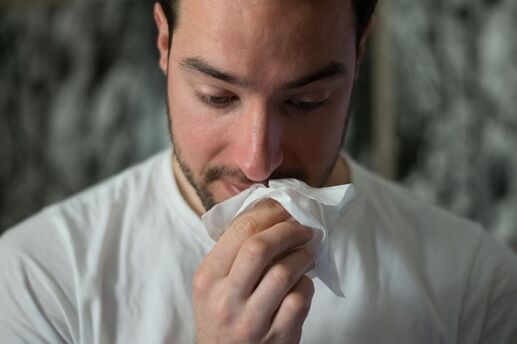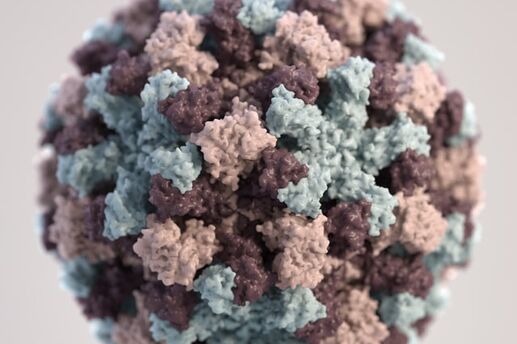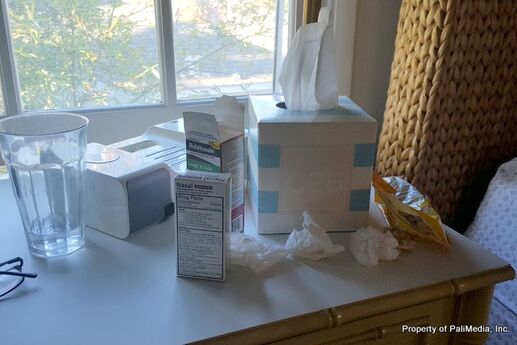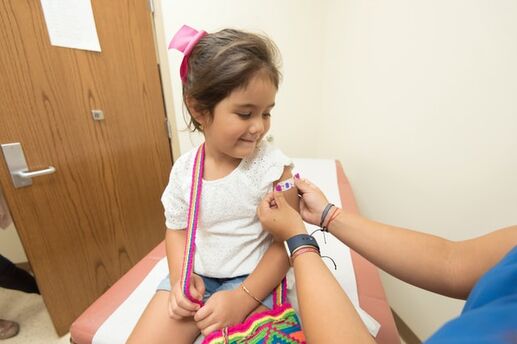Cold Tips: Should You Exercise When You’re Sick?
Search “cold remedies” online, and more than 35 million results pop up. But it turns out that one of the most effective ways to beat the sniffles is also the simplest: Get moving! According to a recent study published in the Annals of Family Medicine, people who walk for 40 minutes a day take half as many sick days as their sedentary counterparts. That’s because exercise bolsters the immune system, which helps you fight off viruses, say experts.
But when you finally succumb to those sneezes and coughs, is it smarter to soldier on or toss in the sweat towel? To help you decide, here’s what the experts have to say about staying healthy:
Cold tip No. 1: Do a neck check.
If you have symptoms below the neck, such as chest congestion, diarrhea or body aches, or if you have a fever, stay home to rest. Your body needs all of its energy to recover.
But if you just have a head cold (runny nose, sneezing and a sore throat) and you’ve been fever-free for 24 hours, go ahead and exercise if you feel up for it. But dial down the intensity: Instead of your usual run or group cycling class, opt for yoga or a restorative walk. And stash a few tissues in your pocket in case you need to wipe your nose mid-workout.
Cold tip No. 2: Wipe down the gym equipment.
A study of fitness centers published in Clinical Journal of Sports Medicine revealed that 51 percent of aerobic machines and 73 percent of strength-training equipment were infected with cold viruses. Before you hop onto that elliptical or grab those dumbbells, wipe it down with an antibacterial wipe. Don’t have one on hand? Ask the gym staff to spritz some cleaner on a few tissues, and use a towel to cover benches and mats.
Also wash your hands thoroughly before and afterwards, and make a conscious effort to avoid touching your face during your workout.
Cold tip No. 3: Ease back into your routine.
Once you start feeling better, it’s tempting to try to make up for lost time at the gym. But working out full-force may lead to a relapse: Scientists from Canada’s McMaster University found that intense exercise can actually impair immune function, which can prolong your cold and leave you vulnerable to another one.
A smarter move: Start out with moderate workouts to give your body a chance to readjust. If you begin to feel worn down or tired again, stay home to fully recuperate – it could be exactly what the doctor ordered.
Photo by Brittany Colette on Unsplash
Like this article? Get more by following us on Facebook at Beauty & Confidence.






